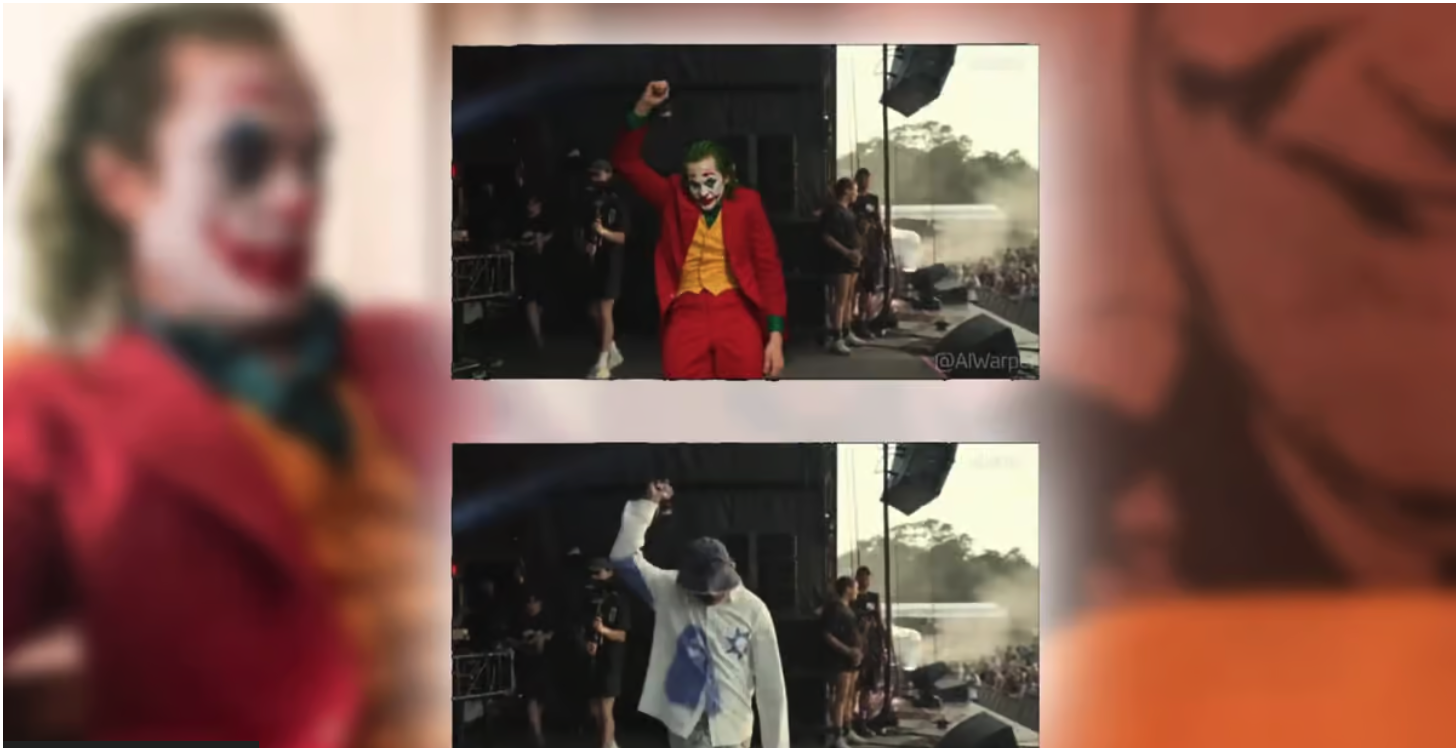Viral AI Video Transforms Rapper Lil Yachty into The Joker

Unleashing Viggle AI: The Art of Transforming Deepfakes
AI tools are currently dominating the scene,with companies like Google and OpenAI pushing the boundaries with creations like Sora, which can not only generate images and videos but also produce highly shareable deepfakes, leading to recent controversies involving Microsoft.
Viral Deepfake: Lil Yachty Transformed into The Joker
A captivating video has recently gone viral, showcasing a clever transformation where rapper Lil Yachty's live performance is seamlessly replaced with Joaquin Phoenix's iconic portrayal of The Joker. AI enthusiast Barsee shared the video on social media, revealing that the deepfake was crafted using an AI tool capable of replacing individuals within existing video footage.
Beyond a Single Tool: The Complex Process of Deepfake Creation
However, the true intricacy behind the video's production extends beyond the mere utilization of a single AI tool, hinting at a more sophisticated and multi-step process. The creation of such a deepfake involves a combination of techniques and tools, requiring a deep understanding of AI algorithms and video editing skills. This highlights the growing complexity and potential of AI-driven deepfake technology.

Mastering Deepfakes with Viggle AI: The Making of Lil Yachty to The Joker Transformation
The captivating deepfake video, which replaces rapper Lil Yachty's live performance with Joaquin Phoenix's portrayal of The Joker, was masterfully crafted by a user named A.I Warper. To achieve this stunning result, A.I Warper employed a combination of tools, including Viggle AI, several other AI models, and Adobe After Effects.
Harnessing Viggle AI's Video-3D Foundation Model
Viggle AI, as described on its official website, harnesses "the first video-3D foundation model with actual physics understanding." A.I Warper's methodology involved rotoscoping Lil Yachty to create a mask, which was then used as a guide. Next, an image of The Joker was fed into Viggle AI to seamlessly replace Lil Yachty with the iconic character. The resulting output was further refined by applying an "AnimateDiff" motion model, alongside other AI tools specifically trained on Joaquin Phoenix's Joker, to achieve the final, jaw-dropping transformation.
Complexity Behind the Five-Minute Creation
Although the video reportedly took less than five minutes to create, the complexity of the tools and expertise required to produce such a deepfake should not be underestimated. Viggle AI alone was not enough; the rotoscoped output had to be meticulously composited back into the original video and then further polished to achieve the impressive final result. Despite the brief creation time, the end product is undeniably awe-inspiring, showcasing the incredible potential of AI-driven deepfakes.